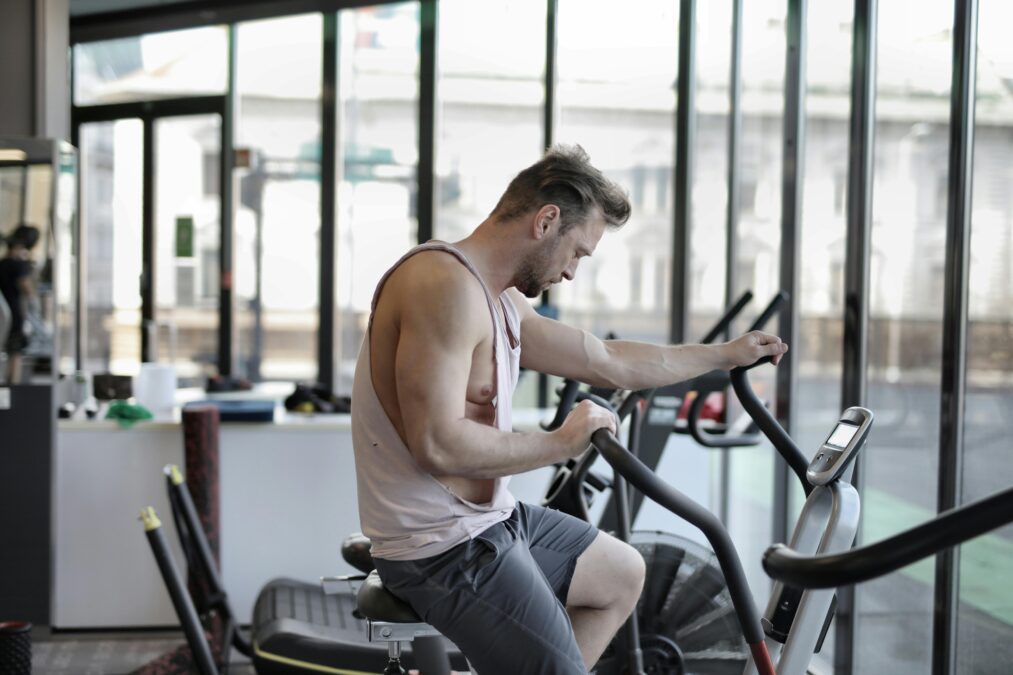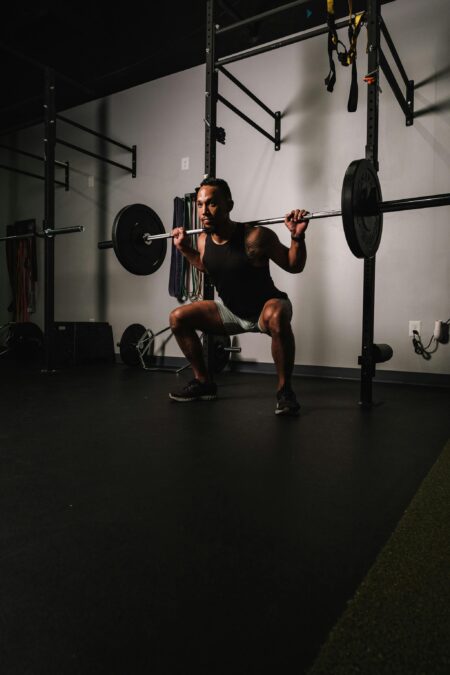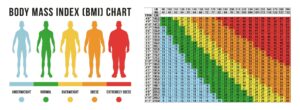5 components of health-related fitness

Introduction
Maintaining a healthy body requires more than just looking fit; it demands a comprehensive understanding of health-related fitness. When we talk about fitness, we’re often focused on aesthetics, but true health is about the internal strength and endurance your body holds. By focusing on the 5 components of health-related fitness, you can ensure your fitness journey is holistic, targeting both external performance and internal wellness. These components form the foundation of a well-rounded fitness program, essential for long-term health and quality of life. Let’s dive into what these components are and how they impact your overall well-being.
What Is Health-Related Fitness?
Health-related fitness refers to a set of physical attributes that directly impact a person’s health and quality of life. It’s different from skill-related fitness, which focuses on athletic ability. The five components of health-related fitness ensure that the body is working efficiently, both during exercise and in everyday activities. This means focusing not just on how your body looks, but also how it functions.
The Importance of Fitness for Health
Maintaining good health-related fitness isn’t just about achieving a certain aesthetic or performance level; it’s about ensuring that your body can perform essential functions such as breathing, moving, and lifting with ease. Without attention to these fitness components, you may experience health issues, including cardiovascular disease, injury from weak muscles, or even chronic pain from inflexible joints. Health-related fitness offers a balanced approach to wellness by targeting the core areas that support longevity.
The 5 Components of Health-Related Fitness
Now that we understand the significance of health-related fitness, let’s explore the five core components that contribute to a healthy body. Each component plays a vital role in overall health and should be integrated into any fitness routine.
1. Cardiovascular Endurance

Cardiovascular endurance refers to the ability of your heart and lungs to supply oxygen to your muscles during prolonged physical activity. It’s the cornerstone of any fitness plan because it directly affects heart health, stamina, and energy levels. If you have good cardiovascular endurance, you can engage in activities like running, cycling, or swimming for extended periods without becoming overly fatigued.
Benefits of Cardiovascular Endurance
Cardiovascular endurance improves heart health, reduces the risk of heart disease, lowers blood pressure, and increases lung capacity. Additionally, it aids in weight management and enhances overall mood through the release of endorphins. Regular cardiovascular exercise also boosts your immune system and promotes better sleep.
How to Improve Cardiovascular Endurance
To improve cardiovascular endurance, incorporate activities such as brisk walking, jogging, swimming, or cycling into your routine. Start with moderate-intensity exercises and gradually increase the duration and intensity. High-intensity interval training (HIIT) is also an effective way to boost cardiovascular endurance in less time. Aim for at least 150 minutes of moderate-intensity aerobic exercise each week for optimal results.
2. Muscular Strength

Muscular strength refers to the amount of force your muscles can produce. This component is essential for carrying out daily activities such as lifting heavy objects, pushing, and pulling. Strong muscles help support the skeletal system, improve posture, and reduce the risk of injury.
Benefits of Muscular Strength
Building muscular strength helps improve bone density, reduces the risk of osteoporosis, and enhances metabolic function. It also boosts confidence and body image, as well as promoting better posture and stability in day-to-day activities. Strong muscles can prevent back pain and injury, making everyday tasks much easier.
How to Improve Muscular Strength
To improve muscular strength, focus on strength training exercises such as weight lifting, resistance band workouts, or bodyweight exercises like push-ups and squats. Aim to work all major muscle groups, including the legs, back, core, arms, and shoulders, at least two days a week. Progressively increasing the weight or resistance will lead to strength gains over time.
3. Muscular Endurance
Muscular endurance is the ability of your muscles to perform repetitive motions or sustain a contraction for an extended period. This is crucial for stamina and energy, allowing you to engage in physical activities for longer without tiring.
Benefits of Muscular Endurance
Enhanced muscular endurance improves your overall stamina, enabling you to perform physically demanding tasks for longer periods. It also supports cardiovascular health by working in conjunction with heart and lung endurance. Improved muscular endurance can lead to better posture and reduced fatigue during physical activities.
How to Improve Muscular Endurance
To improve muscular endurance, focus on activities that involve repetitive motion or sustained effort, such as circuit training, bodyweight exercises, and light-weight, high-repetition workouts. Sports like swimming, cycling, and rowing also help build endurance. Gradually increase the time or number of repetitions for each exercise to enhance your endurance.
4. Flexibility

Flexibility is the ability of your joints to move through their full range of motion. This component is often overlooked but is essential for preventing injuries, maintaining mobility as you age, and reducing muscle tension.
Benefits of Flexibility
Good flexibility reduces the risk of injuries, enhances posture, and improves muscle coordination. It also relieves tension in muscles, promotes relaxation, and can lead to less muscle pain after workouts. Stretching and flexibility exercises improve overall movement efficiency and make daily tasks easier.
How to Improve Flexibility
Incorporate daily stretching exercises such as yoga or dynamic stretches into your routine. Focus on areas that are prone to tightness, such as the hamstrings, lower back, shoulders, and hips. Regular flexibility training can improve your overall range of motion, reduce muscle stiffness, and enhance athletic performance.
5. Body Composition
Body composition refers to the ratio of fat to lean mass (muscle, bone, water) in your body. It’s a key indicator of overall health and fitness. A healthy body composition means having a lower percentage of body fat and a higher percentage of lean muscle.
Benefits of a Healthy Body Composition
Maintaining a healthy body composition reduces the risk of chronic diseases such as heart disease, diabetes, and high blood pressure. It also improves physical performance, boosts metabolism, and leads to a more toned and defined physique. A balanced body composition contributes to better energy levels and overall well-being.
How to Maintain Healthy Body Composition
To achieve and maintain a healthy body composition, focus on a combination of regular physical activity, including strength training and cardiovascular exercise, and a balanced diet rich in whole foods, lean proteins, and healthy fats. Reducing processed foods and sugary snacks can also help manage body fat levels. Consistency in both diet and exercise is key to achieving a balanced body composition.
How the 5 Components Work Together
All five components of health-related fitness work together to create a strong, efficient, and healthy body. Cardiovascular endurance improves heart health, muscular strength supports skeletal integrity, muscular endurance enhances stamina, flexibility ensures ease of movement, and body composition ties it all together by reflecting overall fitness. When you focus on each of these areas, you’re creating a fitness program that supports longevity and a higher quality of life.
Conclusion
Achieving optimal health-related fitness is about much more than just hitting the gym a few times a week. It’s about balancing the five components: cardiovascular endurance, muscular strength, muscular endurance, flexibility, and body composition. Together, they form a comprehensive approach to fitness that supports both physical and mental health. Start by identifying which areas you need to improve and gradually incorporate activities and exercises that target each component. With consistency, you’ll notice improvements not just in how you look, but in how you feel and move every day.



